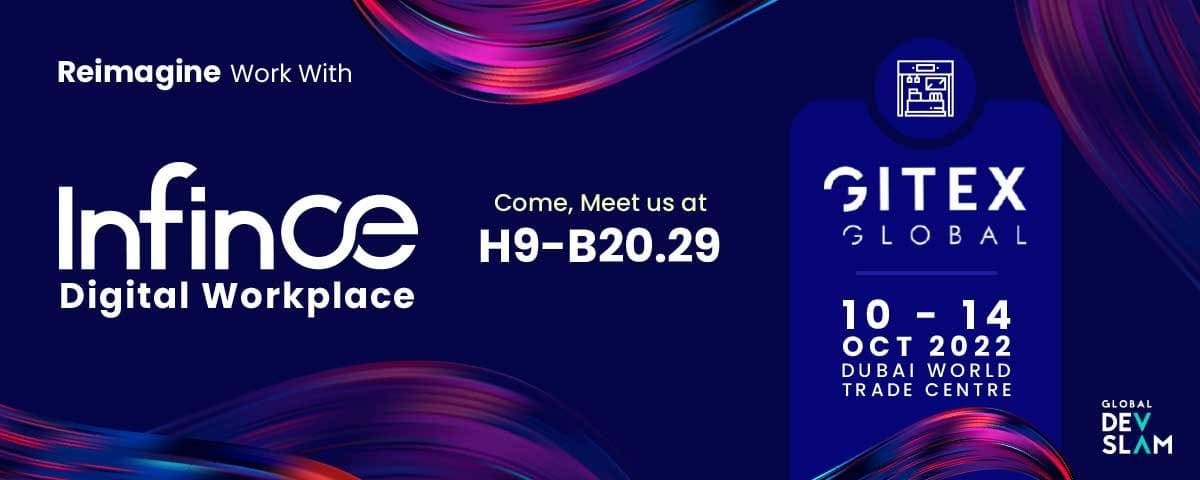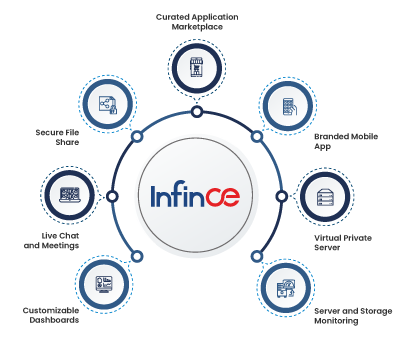Let’s say your IT team is managing over fifty third-party software applications. Each month, your company faces vendor invoices, security audits, and integration failures. You wonder why your software costs have gone up by 55% in the last three years. On top of that, your team struggles to manage the many scattered tools effectively.
Scattered tools mean endless subscriptions, followed by costly on-prem servers, and challenges with integrations. This leads to bloated IT budgets, decreased productivity, and little to no agility. For example, in sectors that include corporate learning, managing the LMS hosting through video conferencing, file sharing, and collaboration apps can be a logistical disaster.
Gartner reports that SaaS spending per employee averages $1,370 annually—a 55% jump since 2021—with up to 25% of software licenses going unused due to SaaS sprawl. This is a direct increase in costs, and not to forget complexity.
This sprawl hampers employee productivity and inflates overhead costs unnecessarily.
An all-in-one enterprise cloud changes the complexity and brings a balance to this equation. Platforms like Infince serve as the single ecosystem where businesses can host their LMS alongside their communication, collaboration, storage, and operational apps—with secure access, centralized management, and seamless scalability.
Defining an All-in-One Enterprise Cloud
An enterprise cloud lets organizations move away from disjointed, device-dependent setups toward a unified, secure environment that integrates every business application, service, and management tool under one roof. Unlike a simple storage cloud, it’s a holistic enterprise app cloud, offering application hosting, user management, communication tools, and a business software marketplace. Every app and business function becomes accessible through one centralized platform.
Why Consider An All-In-One Enterprise Cloud Platform?
The shift to consolidated platforms has become a necessary response in today’s context. The reasons are plenty. Leaders want to ensure software budgets are within limits while also upping employee efficiency. They also want to move faster and build agility in a fast-changing business landscape. Here are some specific reasons we have outlined:
1. To Eliminate Redundant Spending or SaaS Sprawl
Businesses often maintain separate contracts for three different video conferencing solutions because different teams signed up for different services. Or five project management tools because nobody knew what the other departments were using. Each comes with its own licensing fees, support costs, and integration headaches.
An all-in-one enterprise cloud consolidates these functionalities into one toolset—saving money, time, and IT manpower. When you consolidate onto a single enterprise cloud, you get visibility into what applications you actually need versus what you’re paying for out of habit.
Instead of managing dozens of standalone tools, IT teams manage one enterprise app management platform with a single login, unified interfaces, and centralized vendor negotiation. The consolidation benefit extends beyond direct costs. When you reduce your vendor count, you reduce contract management overhead, security review requirements, and compliance auditing scope. Your legal team reviews one contract instead of dozens. Your security team audits one platform instead of hundreds of integration points.
2. To Reduce Infrastructure & Operating Overheads
Operating applications across various platforms leads to quickly escalating infrastructure costs. Each SaaS vendor will bill for providing hosting, every on-premise application requires its own hardware, and you will always over-provision capacity because there is no way to accurately predict peak demand across disparate systems. Take, for example, the process of bringing on a new hire today. Your IT has to set up accounts and assign the right permissions in 15 different systems. Set up integrations and document everything for compliance. When the employee leaves, your IT team must again ensure all access has been removed. In any case, it’s missed out; it creates a security vulnerability.
A centralized platform allows you to manage users in one place. This eliminates the need for costly server setups, complex VPNs with risky access controls, or on-site backups. Your data will be securely stored and backed up in the cloud, with updates done automatically. This removes the risk and cost of updating software by hand.
3. To Improve Work Productivity
Constantly switching between apps leads to a loss in productivity. Imagine if you could access all your business tools with a single sign-on (SSO). Set up a secure cloud space to communicate, collaborate, and manage workflows without switching between accounts. That’s how productivity improves with an all-in-one enterprise cloud platform and SSO convenience. Better performance means a better return on investment.
4. To Improve Security and Maintain Compliance
Security is costly. Moreover, it only gets more costly with every application you add. Each system needs its own security review. Each integration creates a vulnerability risk. Each vendor requires oversight to ensure your security standards are enforced across the vendor.
Baked-in protection is also important in industry verticals that handle sensitive data (e.g., healthcare, finance, education), and ultimately reduces risk and costs. GDPR, HIPAA, SOC 2, and other regulations typically require an extensive amount of documentation related to data handling. By adopting one platform rather than managing hundreds of systems, the scope of your audits can drop significantly. While still needing to show you are compliant, the effort involved drops by several orders of magnitude.
5. To Make the Most of Flexible Pricing
Inflexible licensing often forces businesses to overpay for unused capacity. Flexible, headcount-based pricing in an enterprise cloud means resources scale dynamically with your growth. Whether adding new LMS modules or expanding to new teams, you’re only billed for active users and live tools.
You move from fixed costs to variable costs. Traditional infrastructure often ends up costing you more than what you utilize. An all-in-one cloud platform scales resources in real-time. That means you pay for only the capacity you need.
Purchasing an Enterprise Cloud Solution: Your Next Best Step
The question isn’t whether to consolidate. The data makes clear that fragmented tech stacks are unsustainable. The question is when to start and how to do it strategically. Taking the road to an all-in-one enterprise cloud environment does not mean you have to throw out all of your technology and start from scratch. Look at your spending on redundant tools, where users are most frustrated with disconnected systems, and finally, where IT is spending most of its time on everyday maintenance.
Infince makes enterprise cloud consolidation practical and straightforward.
An all-in-one cloud platform provides you with a complete ecosystem where your collaboration tools, communication platforms, and business applications all provide a solution. The platform brings the layers of security, scalability and complexity of managing it all together. Whether your priority is to eliminate redundant subscriptions for SaaS systems, eliminate the maintenance of your LMS hosting services, or simply cut down IT management functionality, Infince will enable you to adapt to your business timeline and priorities.
Try Infince today. Request a free demo now!






